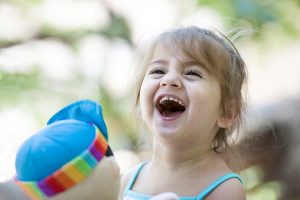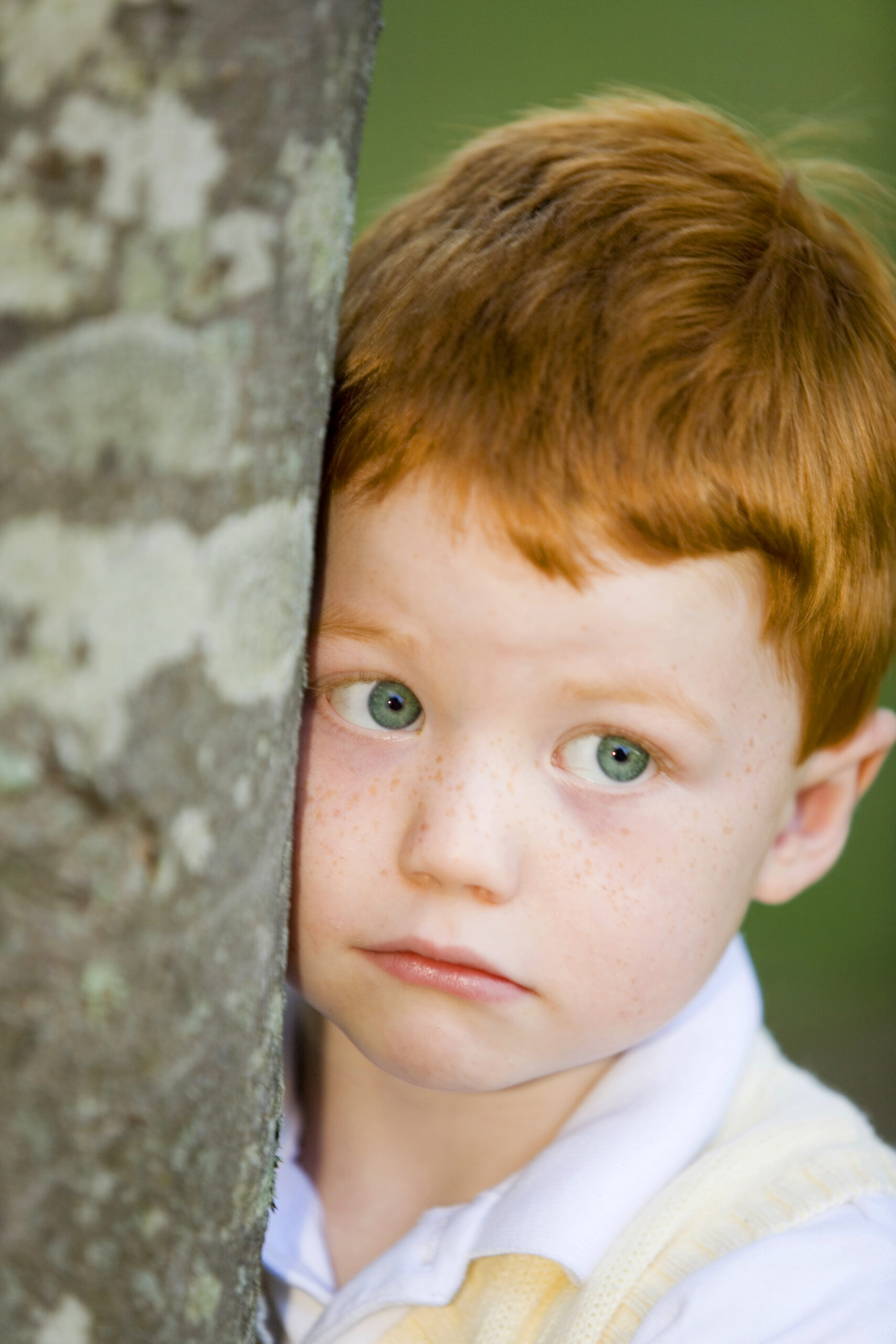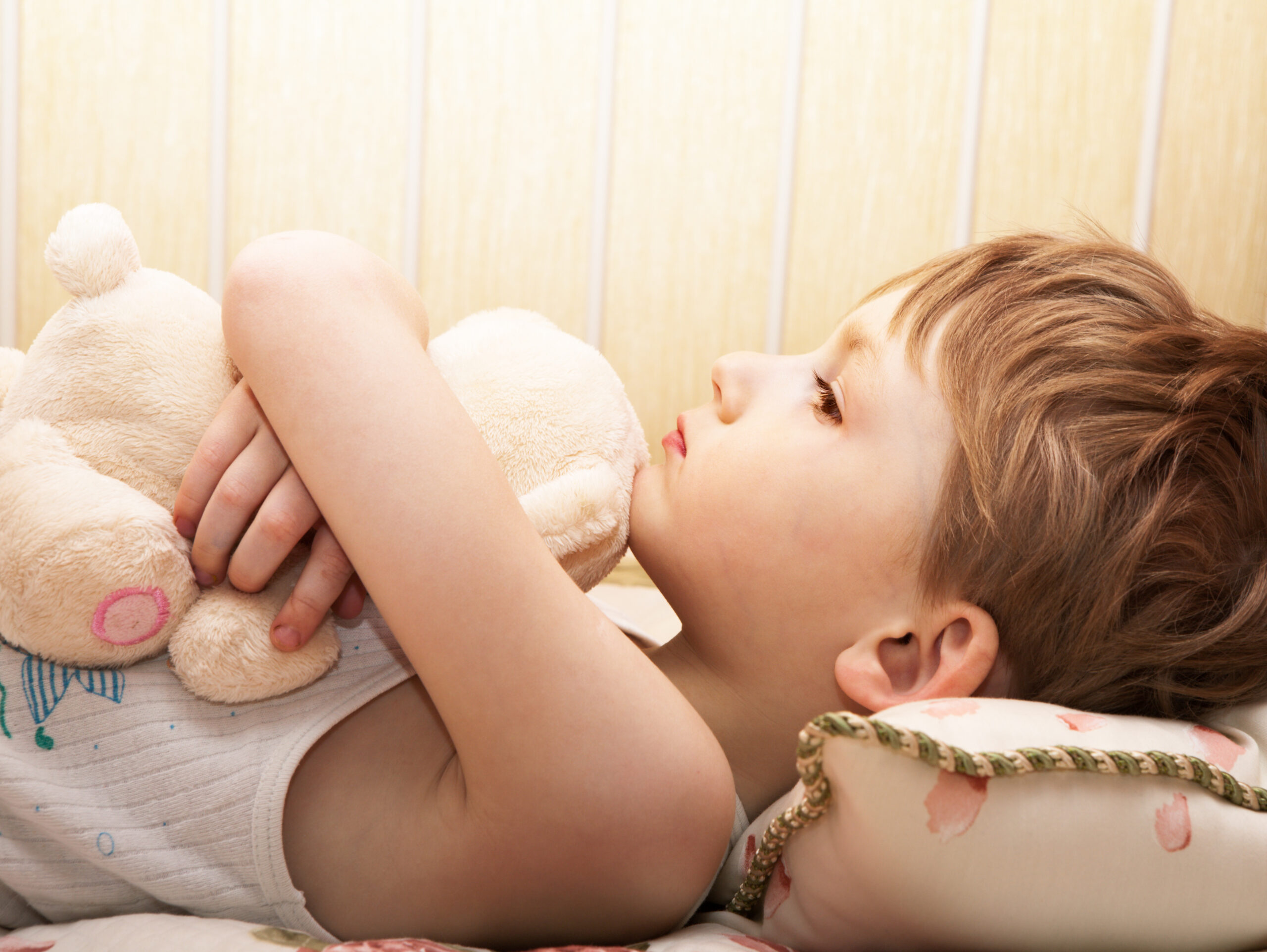AdviceDevelopmental ResourcesParenting Advice
3 to 4 years
Understanding Preschool Development
The purpose of this blog is to provide parents with basic well researched information about preschool development and what young children really need to be their very best. It’s easier to parent when you know what to expect.
Every parent wants their child to be successful. We want our children to grow up to be happy, to achieve, to make our world a better place. While these are good and worthy intentions, parents need more than good intentions to achieve the goal of raising a successful child. Parents need a plan to transform the intentions into reality. Part of the plan is to understand that while children are genetically programmed to grow, they also need parents who will provide them with the right nurturing environment. Parents optimise their child’s potential when they understand and provide for the needs of their child.
It is becoming more difficult to meet children’s needs today, because our society is losing a sense of community; we’re becoming more fragmented. Fifty years ago people were surrounded by families with babies, so they basically understood how children develop. But for many parents today the first baby they hold is their own. Not knowing what to expect can cause parents anxiety. The purpose of this brochure is to provide parents with basic information about preschool development and what they really need to be their very best. It’s easier to parent when you know what to expect.
Life Cycle Stages
Like the seasons in nature, families pass through certain predictable events, called the life cycle. The life cycle begins at birth and ends at death. Between these two events are different periods, or stages of development. Childhood is the beginning of the human life cycle. It is a time of profound and wonderful changes. For all children, these changes occur in a specific sequence called developmental stages. Although each child is unique and has their own growth timetable, all children follow a similar pattern of development. By understanding these stages parents become more effective at meeting their child’s needs.
Your child is genetically programmed to grow physically, mentally, emotionally, socially, and in language. Your role as parent is to understand how your child develops so you can provide them with the right nurturing environment.
Physical Development
Physical development describes the structure of the body, how each aspect of the body relates to each other, and how the body grows and develops.
- Your child becomes better co-ordinated: running, jumping, hopping, catching, skipping
- Enjoys jumping off the bottom step
- Begins to dress themselves but needs help with buttons and zips
- Learns to ride a tricycle
- Uses scissors; draws fi rst picture of a person
- Can tell the difference between writing and non-writing
Cognitive Development
Cognitive development describes solving problems, memory, concentration, imagination and working things out.
Typical preschool development between the ages of 3 -4 looks like this:
- Can classify familiar objects hierarchically
- Attention becomes more focussed and their tasks become more planned
- Begins to understand the meaning of positional words, e.g. under, over, on top of
- Enjoys listening to stories and joining in
- Can understand transformations, like sugar melting in a hot drink
- Like to talk to themselves (termed private speech) to guide them in a task
- Good recognition and recall ability
- Has memory for everyday experiences (called scripts). If you
- ask a child what happens when you go to McDonald’s they
- might say, “You go in, order your food, pay for it and then sit
- down at a table.” Although a child’s scripts are basic they are
- usually recalled in the correct sequence
- They begin to reflect on their own thought processes
Language Development
Preschool Language development describes reading, writing, listening, and talking.
- Can now master complex grammatical structures
- Asks questions
- Can count to ten or more
- Has a good range of words
- Talks about things that happened in the past
- Has a greater mastery of communication skills
Social-Emotional Development
Emotional-Social development describes feelings; developing feelings towards other people, self identity, getting on with other people, and making friends and developing social skills.
Preschool development of 3-4 year olds typically includes:
- Gains a better understanding of their own and other’s feelings
- Have improved ability to control how they express emotions
- Use a greater number of words to describe how they feel
- Self-conscious emotions become more common; may have feelings of insecurity
- Forms first friendships; enjoys being with other children
- Enjoy planning play projects and playing with other children
- Can distinguish moral rules from social conventions
- Copies moods and attitudes of adults
- Can decide what is right or wrong by whether he gets rewarded or punished for what he does
- Instrumental aggression declines (aggression where child pushes, shouts or attacks a person who is in their way); Hostile aggression increases (aggression where the child means to hurt another person)
- Preference for same-sex playmates increases
Helping Your Child Flourish
By the time your child is 3 they have experienced an incredible number of preschool development changes, transforming them from a helpless infant to an active toddler. During the first stage (attachment), your child learns about you – his parent. He asks the question, “Who are you?” (Directed towards understanding his parents and how he is connected to them). The next stage (exploration), she learns about how she is connected to her environment.
She asks the question, “What is this?” (Directed towards understanding her environment). Now at this stage she asks, “Who am I?” (Identity). Your child, beginning at three, is beginning to understand that she is different from you, her parent. While she can’t say in words, she defi nitely has her own feelings and thoughts. Between three and four your child gains a new understanding: “I can be me yet keep my connection with you, Mum & Dad, at the same time.”
Children like to try out different identities at this stage: superman, doctors and nurses, Spiderman. Don’t dismiss these games your child plays, because they are all helping him discover his identity. Affirm your child in each of their identities. Don’t be alarmed if your son dresses up in Mum’s dresses – he’s simply trying on another identity and it certainly doesn’t indicate you’ll later have problems with his sexual identity Your child needs to know he is approved by the people he most wants to please – his parents.
Maintain and enhance the emotional connection between you and your child. This is the real key for raising a co-operative child. Focused attention, attuned listening, quality time, fun times together, all strengthen the connection Be an encouraging parent. Catch your child doing something good and affirm them. As your child tries out new identities, be quick to support them with kind, gentle reassurances: “What a wonderful,
responsible fireman you are.” Provide structure that allows your child to fully express themselves within acceptable limits. Your child needs limits to feel safe and secure All your child’s emotions are okay, including their feelings of anger, sadness and fear. Your child needs to hear that you understand and accept their emotions. Don’t dismiss or distract your child when they feel these emotions. Unexpressed emotions come out in uglier ways: temper tantrums, aggression, acting out.
“Parents need to fill a child’s bucket of self-esteem so high that the rest of the world can’t poke enough holes in it to drain it dry.” – Alvin Price
Further Reading
. Berk, L.E. (2003). Development Through The Lifespan. Needham Heights, MA: Allyn & Bacon.
. Brazelton, T.B. (2002). Touchpoints: Your Child’s Emotional and Behavioral Development. Cambridge, MA: Perseus Books.
. Brazelton, T.B. & Greenspan, S.I. (2001). The Irreducible Needs of Children. Cambridge, MA: Perseus Publishing.
. Eisenberg,A., Murkoff, H & Hathaway, S. (1989). What to Expect the First Year. Sydney: Angus & Robertson.
. Green,C. (1995). Toddler Taming: The guide to your child from one to four. Sydney: Doubleday.
. Sanders, M.R. (1992). Every Parent: A positive approach to children’s behaviour. Sydney: Addison-Wesley Publishing Company.
Enjoyed this article? Like and Follow us on Facebook to keep up to date with relevant parenting research and articles.



